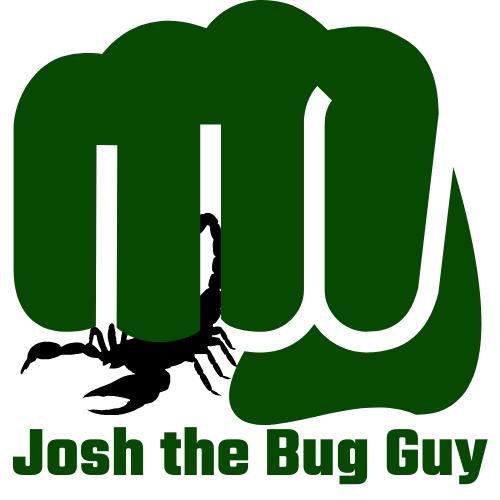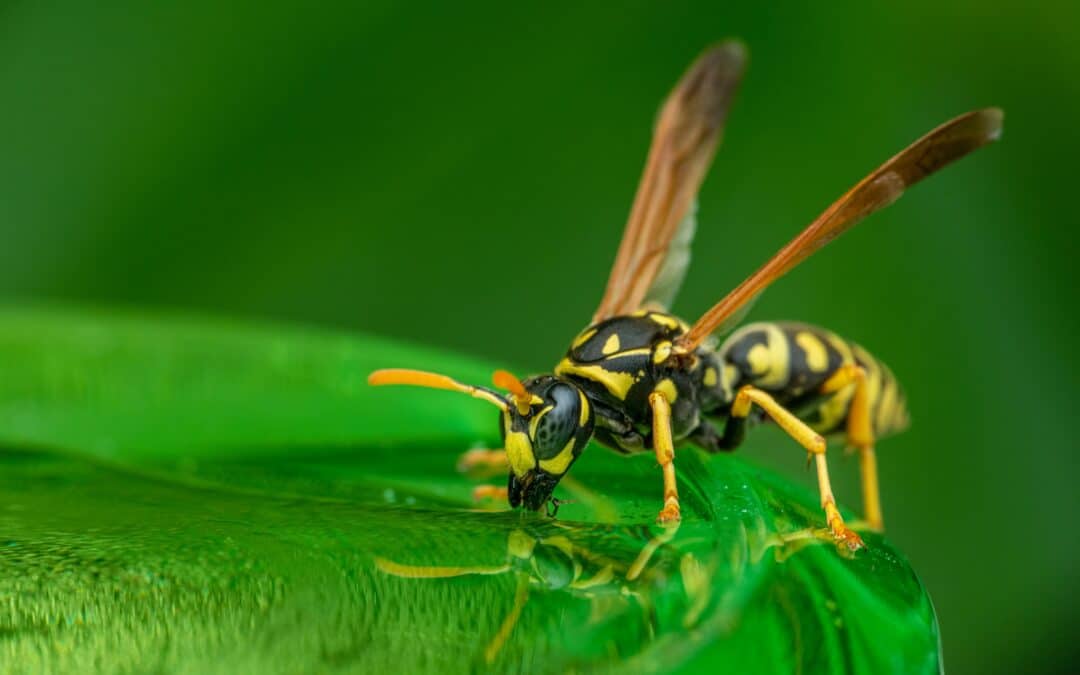Especially common in the milder months are wasps. They can be unwelcome in our homes and outside spaces even if their lowering of bug populations benefits the ecology. When wasp colonies are located near human businesses or recreational areas, wasp control is critical. With the information in this book, you can prevent wasps from establishing nests on your property, safely remove wasp infestations, and manage wasp activity around your house.
Review of Wasps and Hornets
Above all, it is crucial to differentiate wasps from hornets, particularly with those with bald features. All three of the insects are members of the Vespidae family and share a number of characteristics. They are colony dwellers, worker and mother wasp. These gregarious wasps commonly construct paper nests beneath eaves, in porches, or in attics. But certain wasp species—like mud daubers—do not dwell in colonies; they live alone. Build mud nests they do.
In your neighborhood, what draws wasps?
When several things attract wasps to your house, infestations might result. Following are some of the most regularly utilized attractants:
• Foods and Beverages: Wasps are drawn to ripe fruits and vegetables. One key invitation is to leave unattended open bottles of juice, soda, or other alcoholic drinks outside. Spills from sweet drinks or leftover cooked food are other locations wasps can find a feeding ground. Still giving the dogs food? Left outside, kibble could attract wasps, particularly the deadly yellow jacket wasp.
• Sweet scents: Sunscreen, flowers, and strong fragrances may all attract wasps. Particularly drawn to vivid colors like red, orange, and yellow, wasps connect the pleasant, natural fragrances of flowers with food supplies like honey. These hues might be used to suggest that wasps are close to food or water or to evoke flowers.
• Hideouts: Since wasps are always seeking for safe locations to make their nests, it is recommended to refrain from wearing brightly colored clothing outside, especially at picnics and barbecues. They can be drawn in by your porches, shelters, soffits and waterproof eaves. This species can even locate appropriate nesting sites among the hanging limbs of trees that are somewhat close to your home.
Stop Wasting Nests
Best practice in wasp management is prevention. The following are ways wasps will avoid your property:
Cut Down On Attractants: Everything left outside has to be covered. Garbage can lids should be closed and refuse should be disposed of regularly. Never leave cat food receptacles outside unattended. When fruits or sugary drinks are present, spills need to be cleaned up immediately.
Seal Up Access Areas: Find out whether there are any fissures, cracks, or openings in the eaves, soffits, or utility lines that wasps can exploit to enter and establish a home. Either weather stripping or caulking can be done on the holes. Look about your house, especially where cables or pipes enter. Look for potential access points close to ducts and chimneys as well.
Hang Fake Wasp Nests : To discourage wasps from building their real nests, hang fake wasp nests in the same places. Invest in pre-made brown paper sacks or make your own. The plan is to fool insects into believing that a new colony has already developed close by. Using well placed wasp traps throughout your garden is another tactic. Wasps are drawn in by these devices using a tempting bait, where they are captured and eventually perish.
These more tips will reduce wasp populations:
• Usual Medical Attention: It helps to eliminate potential nesting sites to keep the tree branches close to your home pruned. Clear any fallen leaves and piled-up rubbish that could give wasps a place to hide near your house.
• Good Lids: Make sure the lids of all outside containers—recycling bins and rubbish cans included—are securely fastened.
• Decking Out Exterior Structure: Openings Food scraps and other potential nesting materials will thus be out of wasp reach. Think about covering any patio furniture, barbecues, or outdoor play equipment you may own when not in use. These safe locations will not see the building of wasp nests.
How Wasps Get Along: A Guide
If you observe lone wasps buzzing over your house, keep your cool and don’t move erratically. Wasps can be made worse and an attack more likely with swats or flails. Once a wasp falls on you, stay put and fight the urge to swat it. The wasp will usually go off by itself in due course. To stop an attack, gently remove a wasp that tries to enter your personal space or stays.
Wasp nest collapse
A pest control specialist is the ideal individual to handle a wasp nest, especially a big one. Possibly dangerous to the wasps should the nest move on its own. Still, you can attempt the task on your own for small, readily accessible nests. Here are some safety measures:
• Submit for later: The wasp activity decreased after night. Never use the personal safety equipment. Slacks, long sleeves, gloves, and a cap will all help to cover up more skin.
• Spray wasp controlling products: Spray wasp controlling at a safe distance as directed on the package.
Timely Updates
• Choose the wasp category: Control methods for wasp species vary. Clay daubers are often not necessary to be removed because they are self-contained and not extremely harmful.
• The Nesting Place: Nests can be built underground by wasps, among other places. Removal of subterranean nests is very hazardous, so experts should be contacted. Knowing how wasps act, adopting preventative steps, and exercising caution when necessary will help you effectively manage wasp control and maintain sting-free property. Should you be unsure of how to manage a wasp infestation on your own, consult a pest control specialist.

